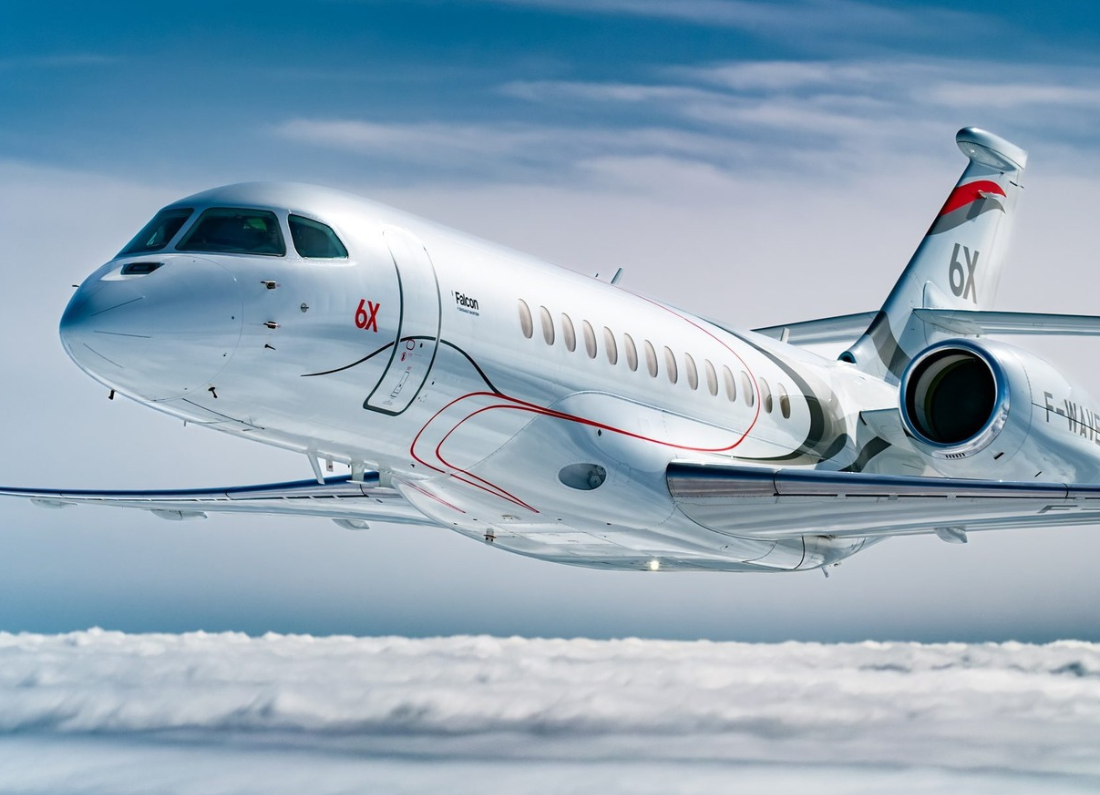Airports as the Foundation of the Future Air Transport System
The aviation industry is currently undergoing a period of rapid modernization, driven by advancements in technology, sustainability goals, and the need for greater operational efficiency. While much attention is dedicated to developments in new aircraft designs, state-of-the-art avionics, and next-generation air traffic management systems, one critical element that often remains overlooked is the airport environment itself.
Without modern, efficient, and well-managed airports, the ambitious vision for the future of aviation cannot be realized. Airports are essential not just for accommodating aircraft operations but also for supporting digitalization and sustainability initiatives. They truly form the backbone of modern aviation.
Airports as Enablers of Modern Aviation
- Supporting Next-Generation Aircraft
New aircraft models, such as the Airbus A350, Boeing 787, and emerging electric or hybrid-electric planes, require airport infrastructure tailored to their unique operational needs. This involves:
- Upgraded runways and taxiways capable of supporting larger aircraft that demand higher load-bearing capacities and specific surface materials to accommodate their designs.
- Advanced charging infrastructure for electric aircraft, including high-speed charging stations and sustainable aviation fuel (SAF) distribution points, to ensure seamless operations.
- Hangars and maintenance facilities equipped with cutting-edge technologies and materials that meet the specific requirements of these advanced aircraft, such as composite materials and automated maintenance systems. Airports that do not prioritize modernization risk being marginalized as airlines shift towards more advanced fleets.
- Digital Infrastructure and Smart Airports
Modern aviation thrives on data, connectivity, and technology integration. Smart airports incorporate:
- Automated passenger processing systems that streamline check-in, security, and boarding through biometric identification and self-service kiosks, significantly reducing wait times.
- Real-time data sharing between airlines, air traffic control (ATC), and ground operations, enhancing situational awareness and enabling proactive operational adjustments.
- AI-powered predictive maintenance tools that analyze data from aircraft and ground handling equipment to anticipate maintenance needs and reduce downtime.
- IoT-based monitoring systems that track airport infrastructure conditions in real time, allowing for prompt maintenance and maximizing safety. These features are crucial for creating seamless, efficient, and safe operations. Without such a digital backbone, the vision of fully integrated modern aviation remains incomplete.
- Sustainability and Environmental Goals
The future of aviation heavily relies on achieving ambitious sustainability targets. Airports play a pivotal role by:
- Implementing green building designs, using energy-efficient materials, and integrating renewable energy sources, such as solar panels and geothermal heating, to minimize their carbon footprint.
- Facilitating the storage and distribution of sustainable aviation fuel (SAF), which has the potential to significantly reduce greenhouse gas emissions compared to traditional jet fuels.
- Providing infrastructure for electric ground vehicles, including charging stations and maintenance facilities, to transition to a zero-emission ground handling fleet.
- Reducing noise and emissions through smart runway and approach designs, which minimize environmental impact while improving operational efficiencies. In this context, airports are not merely transit points; they are active partners in fostering a more environmentally responsible aviation sector.
- Air Traffic Management (ATM) Modernization
The modernization of air traffic management systems relies on airports equipped with cutting-edge communication, navigation, and surveillance technologies. Initiatives like Performance-Based Navigation (PBN), Remote Digital Towers, and Advanced Surface Movement Guidance and Control Systems (A-SMGCS) necessitate robust airport infrastructure to function effectively. This includes:
- Implementing high-precision navigation systems that enable more efficient flight paths, reducing fuel consumption and emissions.
- Utilizing digital tower technologies that allow for remote air traffic control operations, enhancing flexibility and operational capacity. Without compatible and advanced airports, the safety and efficiency benefits of these ATM advancements cannot be fully realized.
- Capacity Expansion to Meet Growing Demand
Global air traffic is projected to grow steadily, largely driven by increasing connectivity and a rising demand for air travel, particularly in emerging economies. Modern airports must therefore expand:
- Runway and terminal capacities to accommodate larger volumes of air traffic while maintaining safety and efficiency.
- Ground transportation connectivity through integrated transit options such as rail, buses, and ride-sharing services, making it easier for passengers to reach and depart from the airport.
- Cargo handling capabilities to support the growing needs of both passenger and freight transport, including dedicated logistics facilities and advanced tracking systems. Failure to modernize airports can lead to congestion, delays, and bottlenecks, ultimately undermining the efficiency of the entire aviation system and negatively impacting passenger experiences.
Challenges in Airport Modernization
While the need for modernization is clear, several obstacles must be navigated, including:
- High capital investment requirements that can strain the budgets of airport authorities and stakeholders.
- Land availability issues and community resistance to expansion projects, often based on concerns about noise and environmental impact.
- Regulatory hurdles that can delay or complicate the modernization process.
- The imperative to maintain safe and efficient operations during ongoing construction, which can be logistically challenging.
However, the long-term benefits—such as improved safety, greater operational efficiency, enhanced passenger experiences, and reduced environmental impact—make these investments not just necessary, but essential.
A Global Example: Airport Modernization in Action
Airports like Singapore Changi, Hamad International in Qatar, and Istanbul Airport serve as prime examples of how modern airport environments can propel aviation forward. These hubs offer:
- Fully automated systems for passengers and baggage, improving throughput and minimizing inconvenience.
- Infrastructure designed for the latest widebody and sustainable aircraft, demonstrating commitment to innovation.
- Advanced air traffic control and ground handling technologies that ensure safety and efficiency in operations.
- Integrated multimodal transport connections, making access to the airport seamless.
These examples illustrate that airport modernization extends beyond constructing larger terminals; it encompasses smarter, greener, and more efficient operations that support the future of flight.
Conclusion
The modernization of aviation cannot occur in isolation. Each stakeholder—aircraft manufacturers, airlines, and regulators—has critical roles to play, but without modern, capable airports, progress will inevitably stall. Airports are not passive infrastructure; they are active enablers of innovation, sustainability, and operational excellence.
As the aviation industry accelerates toward a smarter, greener, and more connected future, the importance of the airport environment has never been clearer. For aviation to truly modernize, airports must lead the way, embodying the principles of efficiency, sustainability, and technological advancement.












